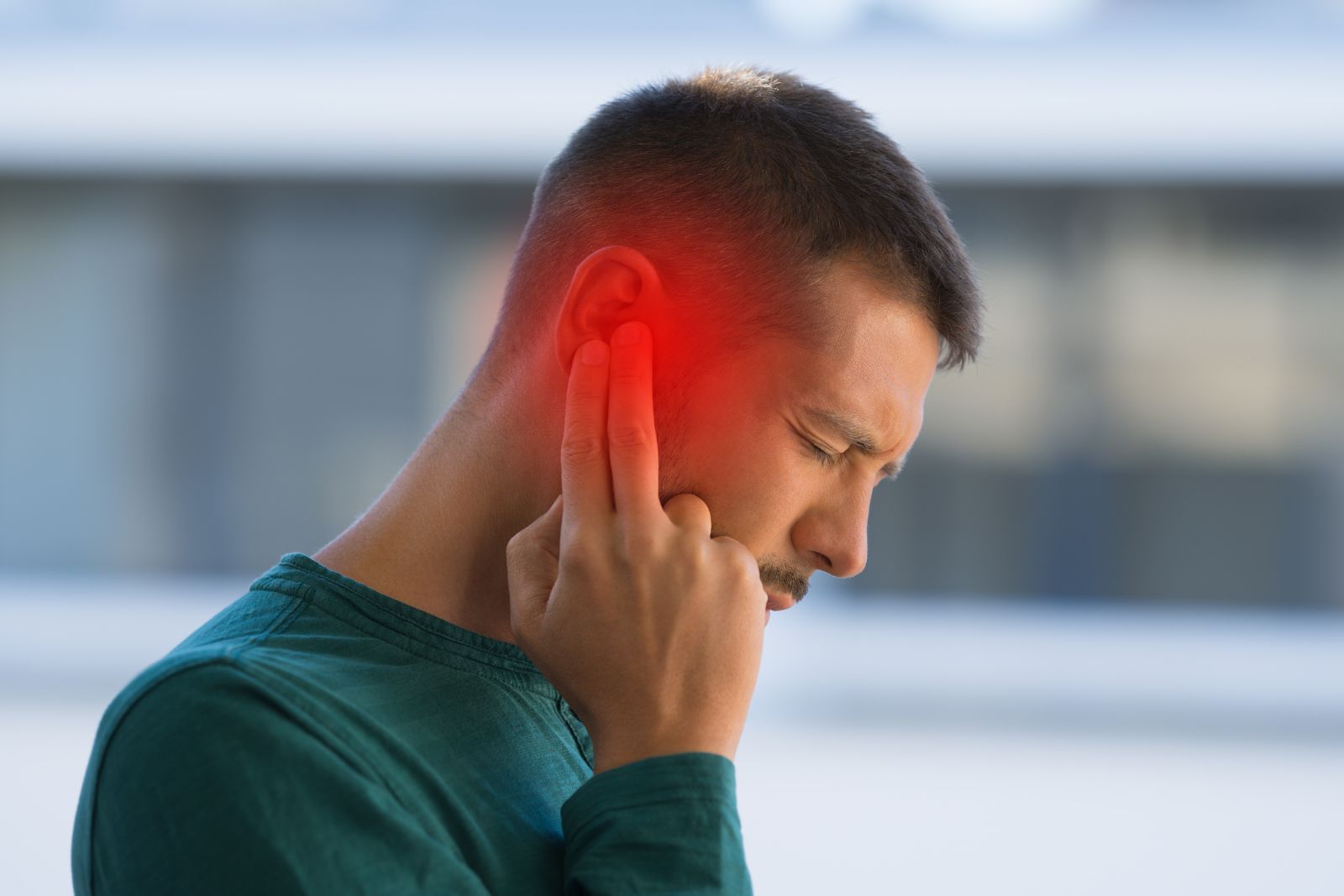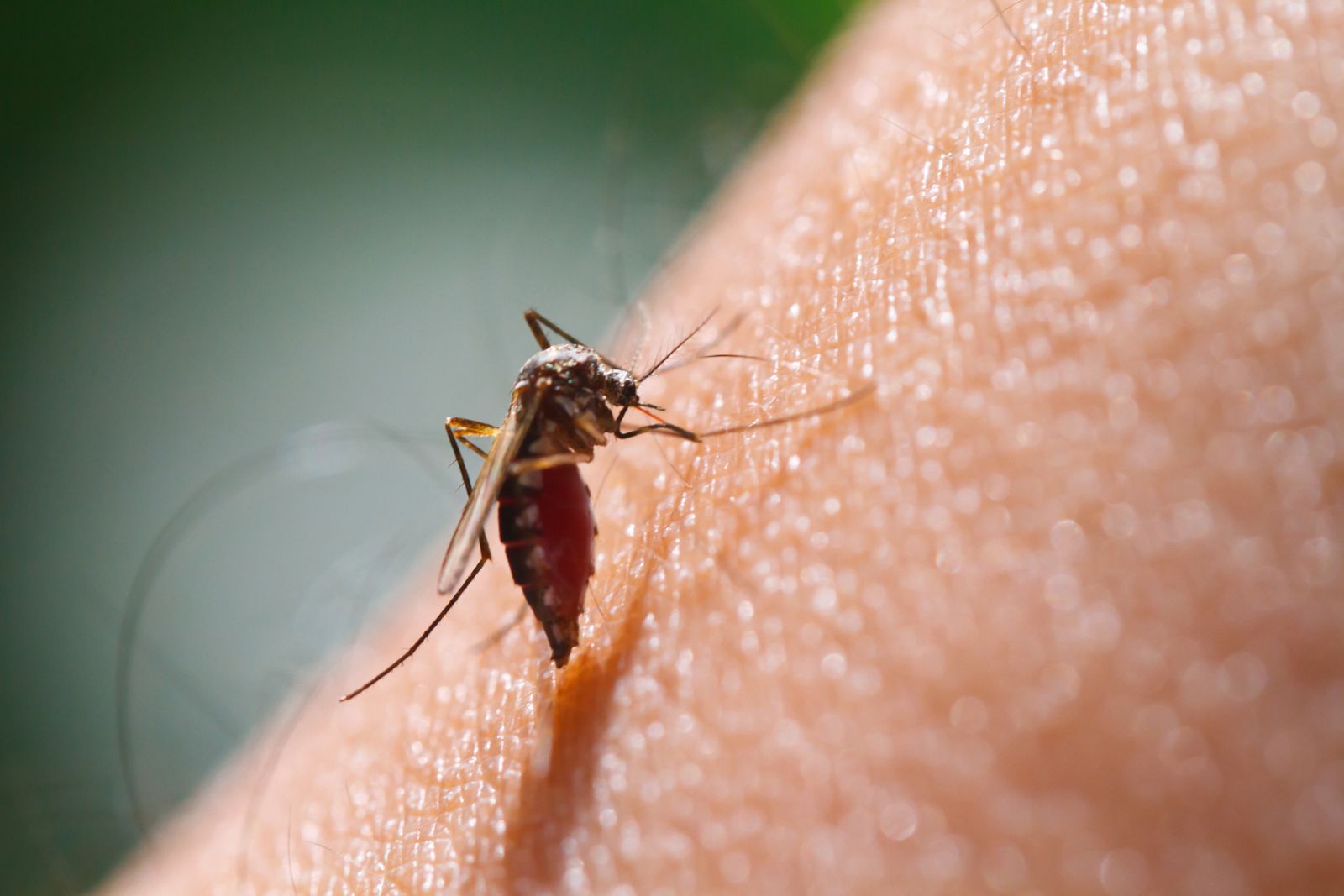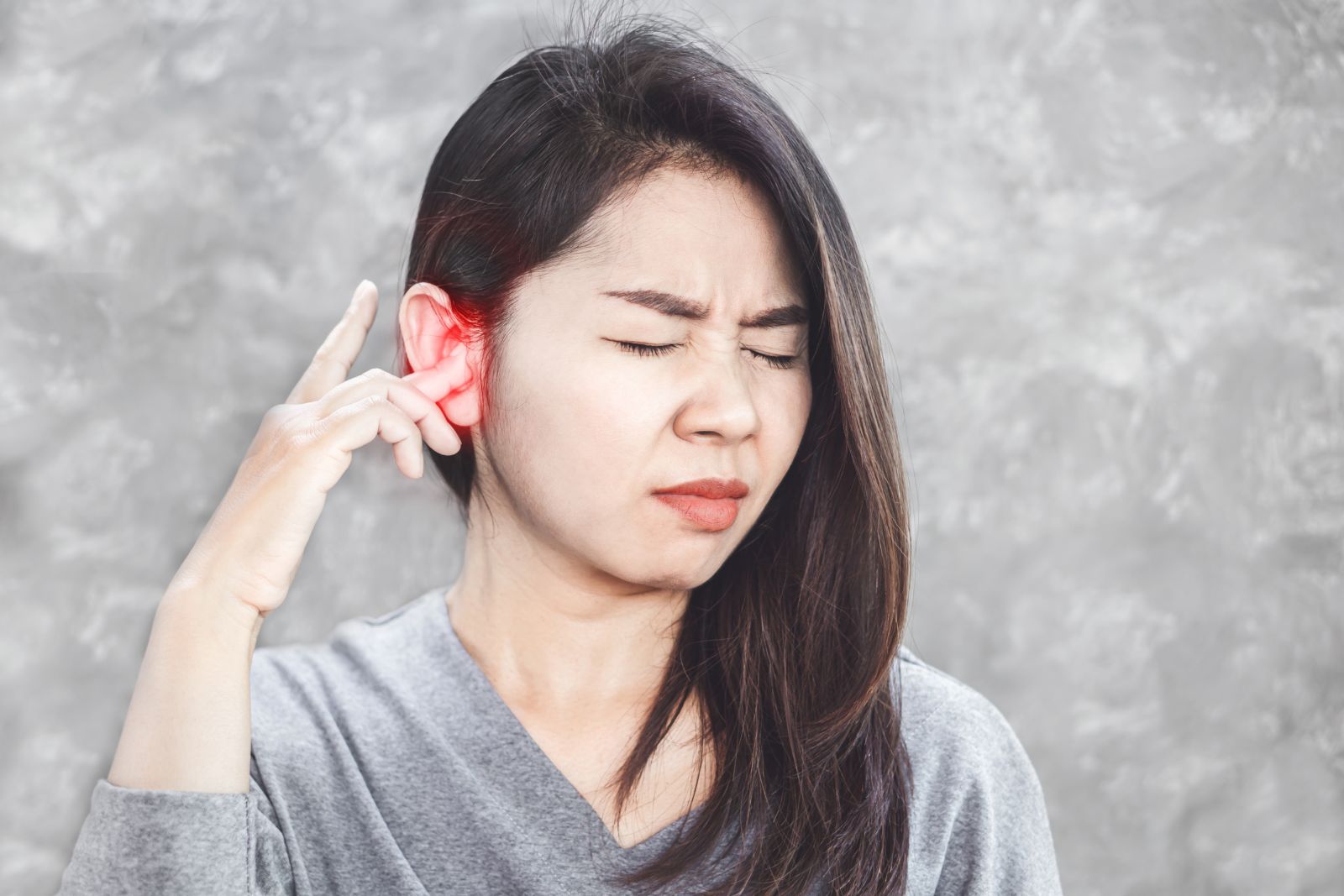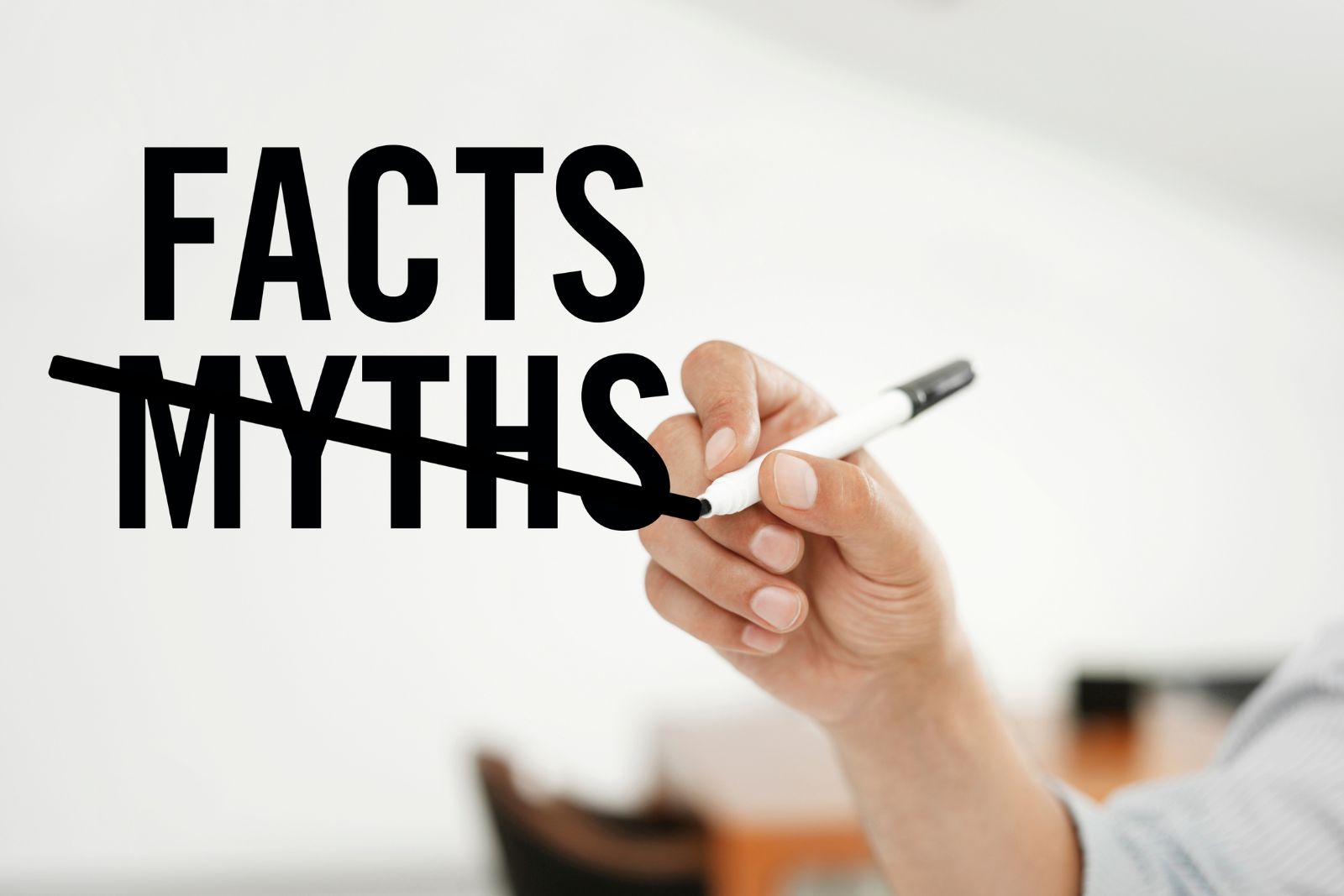When it comes to ear cleaning, be gentle and consider leaving it to the professionals.
The general consensus that we shouldn’t insert objects like cotton swabs into the ear canal is good advice, but many people disregard it because they feel they have to clean their ears somehow. So how should you do it? Read on to find out.
Earwax: what it does and where it comes from
The human ear is divided into three sections: the outer, middle, and inner ear. The main parts of the outer ear are the pinna and canal. Within the canal is the tympanic membrane, also known as the eardrum. Beyond the eardrum is the middle ear, a small area containing the ossicles that transmit sound vibrations to the inner ear, and the inner ear is home to the snail-shaped organ (cochlea) that sends sound information to the brain.
Earwax is excreted by special glands on the outer part of the ear canal. Its job is to trap debris and microbes before they can travel deeper into the ear. It keeps the skin hydrated and healthy, prevents itching, and repels water. Anyone who has ever had swimmer’s ear can appreciate the protective effects of earwax!
Should you clean your ears?
Because earwax is produced in the outer part of the ear, there is no need to deep clean your ear canals at all. When a blockage does occur and puts pressure on the eardrum, it’s usually because a cotton swab or other object has forced it in deeper than it should be. Earwax naturally travels outward due to the motion of the jaw when talking and eating. It can then be easily washed off with a warm cloth in the shower. As tempting as it may be to dig out the wax before this happens, resist the temptation to swab. You’ll be glad you did.
Some unlucky people do experience an overproduction of earwax and can feel plugged up or experience partial hearing loss due to buildup. In that case, there are a few different solutions. Place a few drops of a body-safe oil in the ear canal to soften the wax and make it easier to
remove. Suitable oils are:
- Baby
- Mineral
- Almond
- Olive
- Coconut
- Jojoba
Antiseptics such as rubbing alcohol and hydrogen/carbamide peroxide can also help remove wax, but be very careful with these because they can have harsh side effects. Alcohol dries out the skin and exacerbates itching, while peroxide can leave the ears wet, which encourages bacterial growth. If any of these substances cause pain, make an appointment with your doctor right away, as this may indicate a perforated eardrum or other injury.
Over-the-counter earwax removal drops are another option, but be advised that many of these are simply repackaged oils or peroxide solutions. It is often cheaper and more practical to make your own. If there is a history of tympanic membrane perforations, pain, or ear drainage, this is not the recommended treatment and should be avoided.
When is it time to consult a professional?
Anytime you suspect an injury or health condition involving the ears you should make an appointment with an audiologist or ENT. Hearing loss, tinnitus, pain, and fullness in the ears all warrant an investigation. Doctors use a special instrument called a curette to gently remove earwax (also known as cerumen). This may be necessary if the buildup is due to a physical condition such as a narrow ear canal. It’s important that a professional do this for you. Don’t be tempted by digital otoscopes, irrigation kits, or ear candles. They are easy to misuse and can lead to injury.
Earwax is one of the body’s most underappreciated defense mechanisms. Take care of your hearing by being gentle with your ears and letting earwax do its job. If you’re experiencing symptoms of buildup, call now to schedule a consultation and cleaning. We’re here to help!



